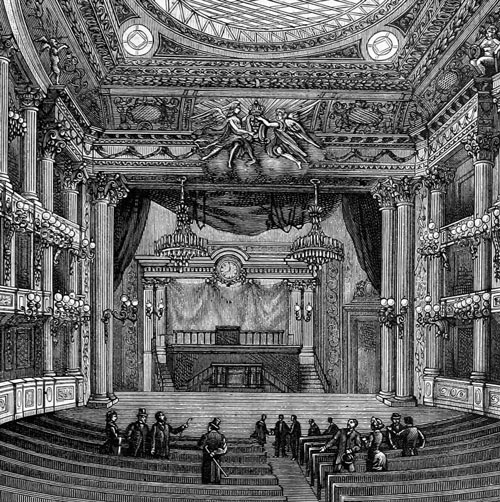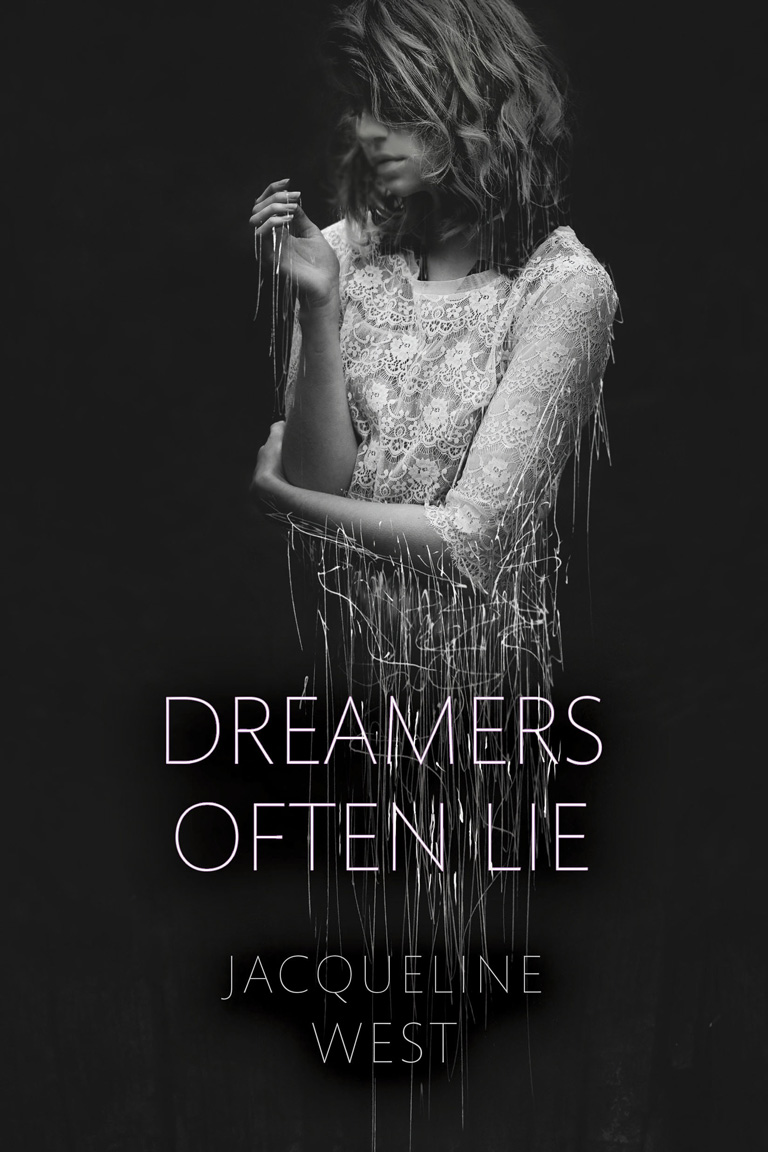Theater terms, plays and playwrights, and other inside info from DREAMERS OFTEN LIE
Upstage: The back of the stage, farthest from the audience
Raked stages, which were common from the Middle Ages until the 20th century, were built at an incline, so that actors at the back of the stage could be seen by an audience that stood or sat flat on the ground. An actor at the back of the stage was literally up above an actor at the front of the stage. Thus: upstage and downstage.
Downstage: The front of the stage, closest to the audience
Stage Right: Stage directions are given from an actor’s perspective; if an actor is onstage, facing the audience, his/her right is stage right
Stage Left: See stage right
Wings: Areas to either side of the stage, usually blocked from the audience’s view by curtains or walls
Green Room: A backstage room where actors can relax, receive instructions, and prepare to go onstage
The origins of the term “green room” are pretty muddy. Some theories posit that it dates back to Greek or medieval theater, when plays were performed outdoors, and actors would wait on the grass for their scenes to begin. Others guess that it has to do with actors’ nerves (“looking green”) or with envy.
Cyclorama: A large curtain or wall, often curved, that is positioned at the back of a stage
Fly Space/Flies: The space above a stage that is used to house scenery, which can then be raised and lowered (“flown in and out”) onto the stage below
House: Area where the audience sits
Work Lights: Generally bright, efficient lights used to illuminate the stage while technicians work and/or actors rehearse; not meant to be aesthetically pleasing, and usually not used during performances
Blocking: The movements and positions of actors on the stage
The term “blocking” seems to originate from the old practice in which directors would use a model stage and small wooden blocks representing actors in order to plan stage positions and movements.
Cast List: A list of actors and their assigned roles, often publically posted after auditions
Ropes/lines: The counterweighted ropes or wires that are used to raise and lower scenery
Notes: The feedback a director gives at the end of a rehearsal; most directors jot notes throughout a rehearsal in order not to have to stop and start the action over and over again
The Fourth Wall: The imaginary barrier between the actors and the audience; as a rule, actors are not supposed to break the fourth wall unless it is specifically requested by the director or playwright
Monologue: A long speech made by one character to another (not to be confused with a soliloquy, in which one character speaks at length to him- or herself.
Curtain Call: When actors acknowledge the audience’s applause at the end of a play
Scrim: A transparent fabric curtain that can be used to achieve many lighting effects
Stage Manager: Person who gives instructions or calls for almost everything that happens onstage during a performance, and who may also serve as a director’s right hand during rehearsals, recording blocking, relaying information, coordinating schedules, etc.
Crew: Team that takes care of the physical aspects of a production: set, costumes, lights, etc.
Understudy: Someone who learns another actor’s role in order to step in at a moment’s notice
American Players Theatre: A classical open-air theater in Spring Green, Wisconsin, known especially for its productions of Shakespeare, which opened in 1980 with a production of A Midsummer Night’s Dream.
Guthrie Theater: A Tony Award-winning theater in Minneapolis, founded in 1963 and known for its world-class productions of both classic and modern works
Henrik Ibsen (1828 – 1906): Norwegian playwright, often called “the father of realism.” Best known for his dramas A Doll’s House, Hedda Gabler, The Wild Duck, An Enemy of the People, and The Master Builder
Tennessee Williams (1911 – 1983): American playwright, best known for his plays The Glass Menagerie, A Streetcar Named Desire, Cat on a Hot Tin Roof, and Suddenly Last Summer
Cyrano de Bergerac: 1897 play by Edmond Rostand, set in 1640 France, about a brilliant duelist with an unusually large nose, the woman he loves, and the handsome young soldier he helps to woo her in his place
Arsenic and Old Lace: 1939 comedy by Joseph Kesselring (made into a 1944 film directed by Frank Capra and starring Cary Grant) about a young man from an eccentric family who discovers that his sweet old aunties are poisoning the lodgers in their boarding house
Camille: Also titled La dame aux Camelias (The Lady of the Camellias). 1852 novel and play by Alexandre Dumas, fils, about the tragic life and death of a beautiful courtesan. There have been many adaptations, including the 1853 Verdi opera La traviata and the 1936 film starring Greta Garbo
Our Town: 1938 play by Thornton Wilder about the intertwining lives and deaths of the inhabitants of a small American town. One of the most frequently performed plays in American high schools, in part because the play is meant to be done without sets or props
Much Ado About Nothing: Comedy by Shakespeare, written between 1598 and 1599



